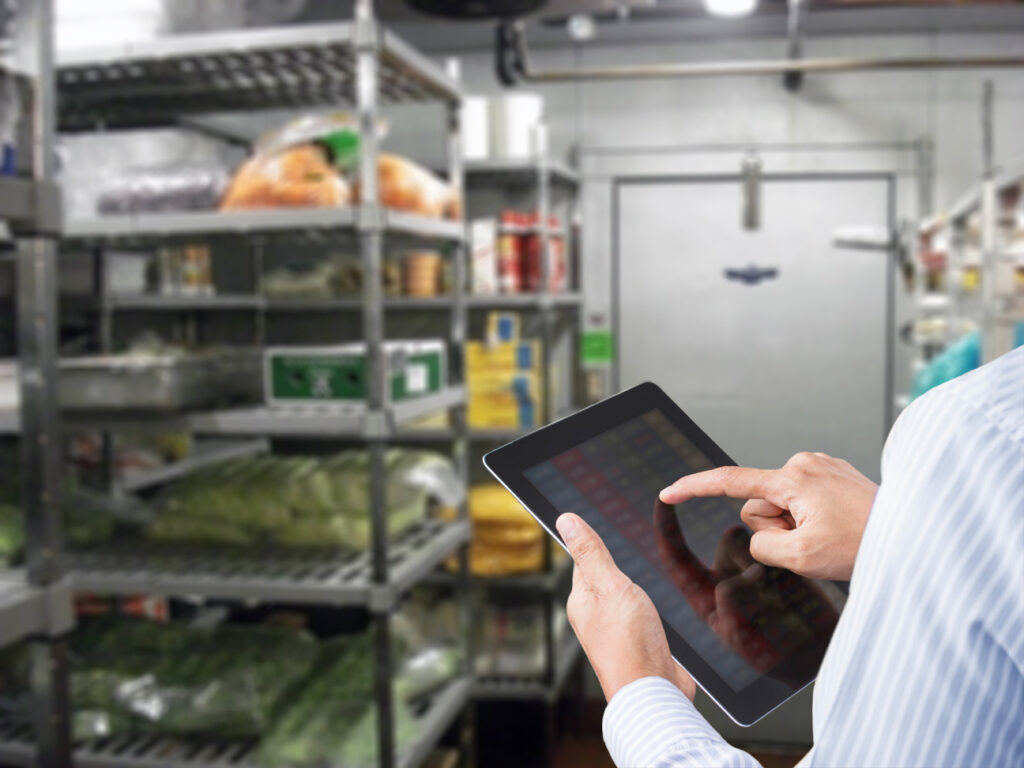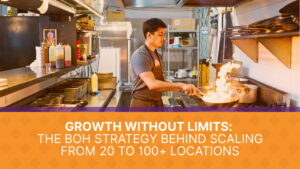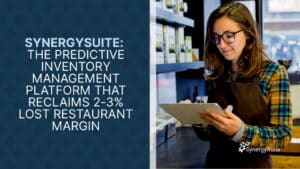Updated on: April 19, 2024
When it comes to running a profitable restaurant, much of what you need to know lies in your inventory. The financial statements of business itself largely depends on the inventory items in stock. The profitability of a restaurant is calculated using the cost of goods sold, so your calculated inventory balance should be as accurate as possible.
But how do you determine this actual cost? In order to do this, you’ll need to know how much each good is worth. As it turns out, business owners actually have a few options when thinking about stock costing or inventory costing methods.
What Are the Three Inventory Costing Methods?
The three inventory valuation methods include: the first in-first out (FIFO), last in-first out (LIFO), and weighted average cost (WAC) methods.
- The first-in-first-out or FIFO method
- The last-in-first-out or LIFO method, and
- The weighted average cost or WAC method
Keep reading to find out the pros and cons of each method of inventory valuation and decide which technique seems easier and more effective at painting an accurate picture of how your business is running.
First-In, First-Out (FIFO) Inventory Costing – What Does FIFO Mean?
The most common method of inventory costing that restaurants use is the FIFO method of inventory valuation. What does FIFO mean in food handling? The same as it does in other places, but with more urgency, because food inventory has a short demand cycle (since most food items are perishable).
Restaurants need to ensure that goods purchased first are the ones sold first so they can maximize perishable inventory before those older items spoil and are no longer of use.
In restaurants where FIFO is followed, chefs are constantly checking expiration dates to maximize inventory flow. That way they can avoid spoilage and waste. Any remaining inventory consists of the most recent purchases and is accounted for as the good’s current cost. In other words, foodservice businesses tend to prefer FIFO as it matches the actual flow of food in the kitchen.
How Does the FIFO Principle Help Restaurants Financially?
As costs continue to rise, restaurants find themselves in an inflationary environment. With the FIFO method, older physical inventory moves quickly to make way for new inventory. This reduces inflationary pressures because inventory is used closer to its purchase date. This method of inventory costing quickens physical flow and reduces FIFO costs.
Altogether, this adds up to a lower cost of goods sold and higher net income.
Is FIFO the Most Effective Inventory Costing and Valuation Method?
Of all valuation methods, first in-first out is the most reliable indicator of inventory value for restaurants. The calculated value of the remaining goods is most accurate. Managers even can access real-time depletion and inventory counts instantly through restaurant management software such as SynergySuite.
But, the FIFO inventory costing method isn’t perfect. One thing to consider with this method, however, is that there is not always proper revenue and cost matching. With FIFO, older and often lower costs are calculated with current revenues, resulting in questions as to accurate inventory cost including materials price variance, how unsold inventory is impacted, and more.
Last In, First Out (LIFO) Inventory Costing – What Does LIFO Mean?
Last in-first out, or LIFO, is another method for inventory costing. This method offers a reverse approach to FIFO. with its own benefits. Although not commonly practiced, especially in the foodservice business (since perishable items require timeliness of use), it does have its own set of unique benefits.
Last in-first out values inventory on the assumption that the goods purchased last are sold first at their original cost. The oldest goods therefore usually continue to remain as ending inventory. Many foods would expire before being used under the LIFO system, and so this method is typically practiced with non-perishable commodities.
Does the LIFO Inventory Costing Method Help With Taxes?
When the price of goods increases, it is those newer and more expensive goods that are used first according to the LIFO method. This increases the overall cost of goods sold and leaves the cheaper, earlier purchased goods as inventory. Those goods may not even be used in the next period as they come second to inventory purchases made by the business. A higher cost of goods sold will ultimately yield lower gross margins and net income. One benefit to this is that businesses will face a reduced tax burden because of their smaller profit.
How Does LIFO Differ From FIFO?
FIFO usually provides a more accurate valuation of leftover inventory, since the value of unsold inventory is closer to the purchase price. The LIFO method, however, does not always provide an accurate valuation of ending inventory since older goods tend to be stored repeatedly as inventory. This means either that inventory spoils or it becomes obsolete. This is a main reason why LIFO is not practical for most businesses.
LIFO does, however, correctly match the current revenue with the current costs of a given period. Another thing to keep in mind is that when it comes to financial accounting, LIFO is usually not the preferred method as it is banned by IFRS and has restricted use according to GAAP.
Weighted Average Cost (WAC) Inventory Costing – What Does WAC Mean?
Depending on the good, FIFO and LIFO may not be viable options for inventory valuation. An alternative and generally accepted method is weighted average costing or WAC. With this technique, the goods receive the same valuation regardless of when and at what cost each was purchased. Instead, the total cost of items in inventory is divided by the number of units to yield the weighted average cost per unit.
The WAC Inventory Costing method is used typically in situations where it is impossible to determine the cost of an individual item because they are so integrated and commoditized. In comparison to the techniques, the weighted average method generates a valuation between that of FIFO and LIFO. The value assigned in this case represents a cost between the first and last purchased goods.
What is the Best Inventory Costing Method for Your Restaurant?
Do restaurants use FIFO or LIFO? While the FIFO, LIFO, and WAC are all accepted methods for valuation, businesses should select the one that best fits their reporting and management styles. Are you a “FIFO restaurant,” or a “LIFO restaurant,” or are you better off using the WAC method? While your restaurant probably isn’t using the LIFO method given the nature of perishable goods, it’s really up to you. You’ll need to decide based on your restaurant’s unique needs and how you like to do your inventory cost accounting.
How can you make inventory costing easier?
Inventory valuation is an extremely useful and powerful tool for restaurant management, but if not done properly, it can have costly consequences. Whether you’re a WAC, LIFO, or FIFO restaurant, the easiest way to monitor your products is by using back-office software like SynergySuite, which provides live tracking of your inventory whenever you need it.
Let’s get started on your inventory costing strategy today—our software can help.





